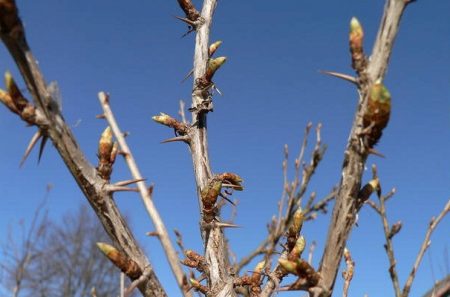
Gooseberries - an amazing berry. Many people mistakenly think that it is very difficult to grow it on your site, but in fact, to get an excellent harvest you just need to ensure proper care in the spring. What it consists of, we consider further.
Content
General recommendations for the care of gooseberries in spring
Proper care of gooseberries in the spring will provide a good harvest, significantly increase the quality of the fruits and their size, improve performance in terms of storage and transportation. But if you do not provide the bush with due attention, it will turn into thickets and will only clog other plants like a weed.
Gooseberry care in the spring consists in timely removal of shelter, watering, loosening, mulching, top dressing, treatment from pests and pruning. Also, if necessary, a transplant can be performed.
Shelter removal after winter
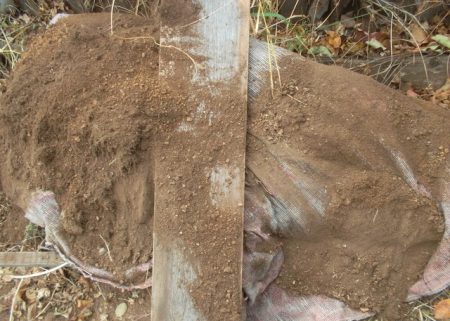
In winter, gooseberries are covered, slightly bending branches to the ground. As a covering material, peat, dry leaves, humus, straw, needles, sawdust, wood bark, etc. can be used.
In addition, it is necessary to wrap the shrub with agrofibre, a film or roofing material on top. Be sure to bend the branches to the ground. You can fix them with hooks.
It is necessary to remove the shelter at the onset of the first heat. Otherwise, decay processes may begin. First, the film or agrofibre is removed, and the natural shelter is removed after some time, gradually.
Watering, loosening and mulching
In gooseberries, the root system is quite well developed. And precisely because of this, many gardeners mistakenly believe that watering can either be reduced to a minimum or not carried out at all.
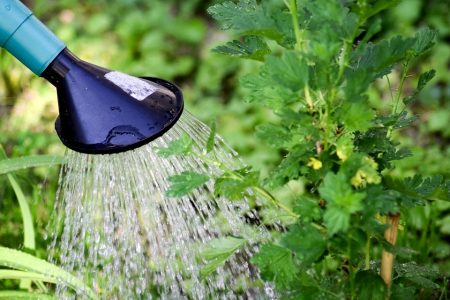
If the winter was snowy, the first time the gooseberry does not need watering, it is more than enough meltwater. But after this procedure should become regular and it is especially important to shed well the shrub during the period of fruit formation. If this is not done, the berries can and will be many, but they will all be small and acidic.
You also need to maintain the bush in the heat. On dry days, you need to water the bush under the root, loosen the soil and mulch. In the evening, it is good to fill the aerial part of the plant. If the leaves begin to dry, this will affect the health of the whole plant.
Loosening in the spring is of great importance for the development of the plant. This simple procedure will provide access to moisture and air roots.
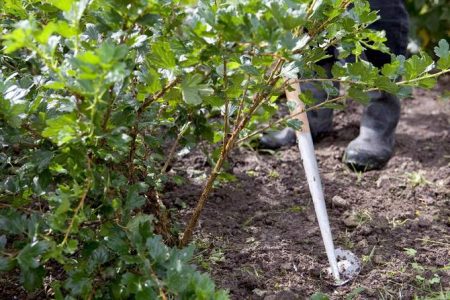
It is important not to loosen too deep. Maximum 10 cm. Otherwise, the roots can be damaged.
Mulching gooseberry bushes in the spring will help to maintain moisture, as well as nourish the plant with useful substances. It is good to use straw, sawdust, peat.
Gooseberry top dressing in spring
Spring fertilizing is very important for gooseberries. They will help to form powerful sprouts and improve the quality of the crop, improve the taste and size of the fruit.
Gooseberries respond well to nitrogen. But you should not get involved in it, otherwise you can not achieve a plentiful harvest, but only stormy foliage.
Ready-made mineral complexes can be used, or saltpeter or urea can be added at the rate of 20 g per square meter. You can also prepare a mixture of these substances by mixing them in equal proportions.
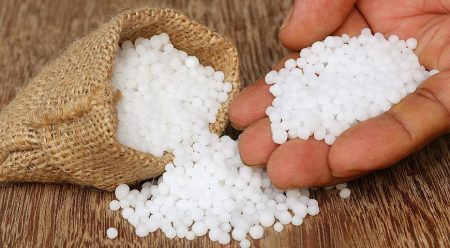
Gooseberry should be fertilized after removal of the shelter, and after during the active period of vegetation.
Pruning
To gooseberry does not turn into an overgrown bush of thorns, it is necessary to regularly trim. It is a pity gardeners to remove branches, but you can not do without it. The procedure is carried out almost immediately after removing the shelter and raising the branches pressed to the ground.
First of all, broken, damaged and old branches are deleted. If this is not done, the plant will direct all its forces not to the formation of fruits, but to the maintenance of its diseased or weakened part.
You can remove branches that have reached 3 years of age. The largest yield is given by the biennial gooseberry.
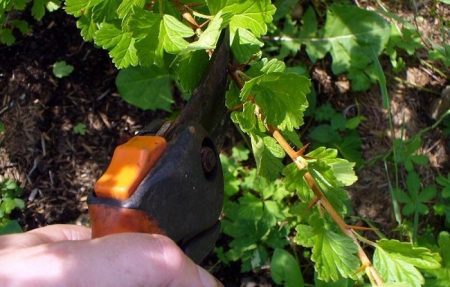
Disease and Pest Treatment
Gooseberries are not very susceptible to disease, and its pests do not often affect. But regular inspection and preventive maintenance should be carried out necessarily.
In a special risk zone, bushes planted next to currants and raspberries. Pests and fungi can pass from them (primarily a spider mite, raspberry moth, weevil, aphid, etc.).
If a pest or larvae are found, the shoot must be cut and burned, and the plant should be poured with a decoction of onion husks or sprayed with an infusion of laundry soap.
From diseases, anthracnose should be feared. It quickly destroys the plant, but identifying it is quite simple. After infection, the bush practically ceases to develop. Also, rust is often found on gooseberries. It mainly affects young leaves. To fight diseases, gooseberries should be sprayed with sulfur-containing drugs.
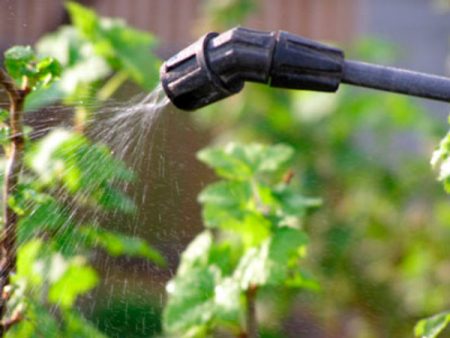
For prevention in the spring, you need to spray the shrub with special preparations. Good results are given by Karbofos and Actellik. If there is a suspicion of infection or a diseased plant has been identified nearby, the treatment is repeated.
Transfer
Many plants are replanted in the winter, but gooseberries must do the opposite. Young shrub saplings take root perfectly in the spring. And the soil contains such an amount of natural moisture that it is very difficult to create artificially using irrigation.
The procedure is carried out almost immediately after removing the shelters. We must catch it before the buds open. Then the seedling will be able to put out a sufficient number of roots and normally take root in a new place.
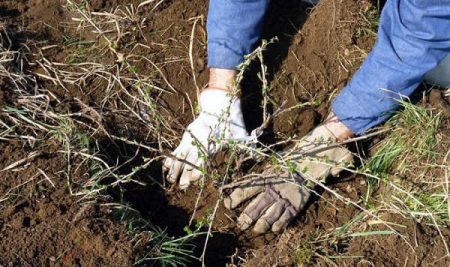
The selected stalk should be shortened so that the aerial part is not more than 20-25 cm. Lubricate the cut site with garden var.
Care in different regions (Moscow region, Volga region, Siberia, Urals)
Above, we examined general recommendations for the care of gooseberries in the spring, but much depends on the climatic conditions of the region.
In the suburbs, the procedures are the same as in the south of the country. They consist in watering once every two weeks or more often, if it is hot, in loosening, mulching and top dressing.
In the Volga region, it is advisable to plant young seedlings not immediately in the ground, but in separate buckets or other containers and rearrange them in the greenhouse until they begin to take root, and when the weather is stable warm, move to a permanent place in open ground.
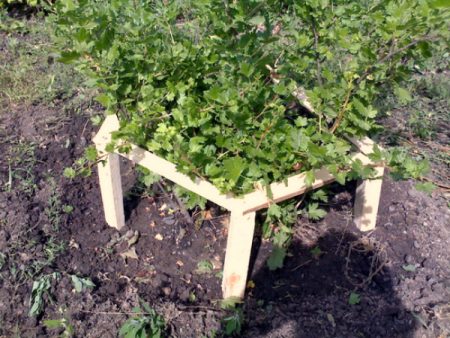
In the Urals and Siberia, it is undesirable in the spring to prune and shelter is removed gradually, only in the afternoon, until the threat of frost passes.
Care Mistakes
If all the points that we stopped in the article were completed, but the gooseberry did not give a good result, then it is quite possible you made one of the most common mistakes:
- too late removed the shelter. Then a greenhouse effect forms under it and the plant begins to rot;
- insufficient watering. Then the foliage withers on the bush, the fruits become smaller, the ovaries crumble;
- too much fertilizer. Berry growth slows down, and foliage, on the contrary, becomes more magnificent and abundant;
- insufficient pruning. The shrub overgrows, looks scruffy, the yield decreases, nearby plants suffer;
- late transplant. The plant does not have time to take root and dies.
Gooseberries are considered one of the most unpretentious plants. Follow all the simple recommendations discussed in the article, and the bush will thank you with an excellent harvest.

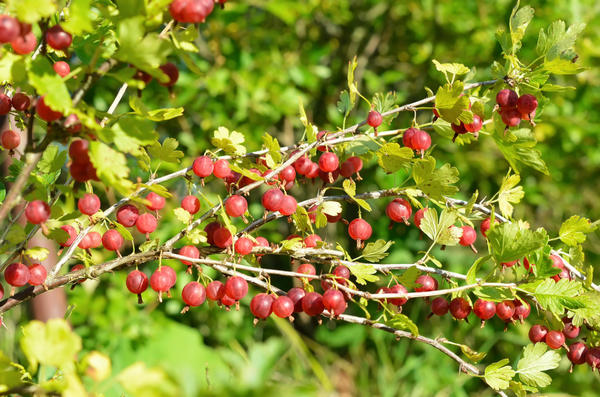
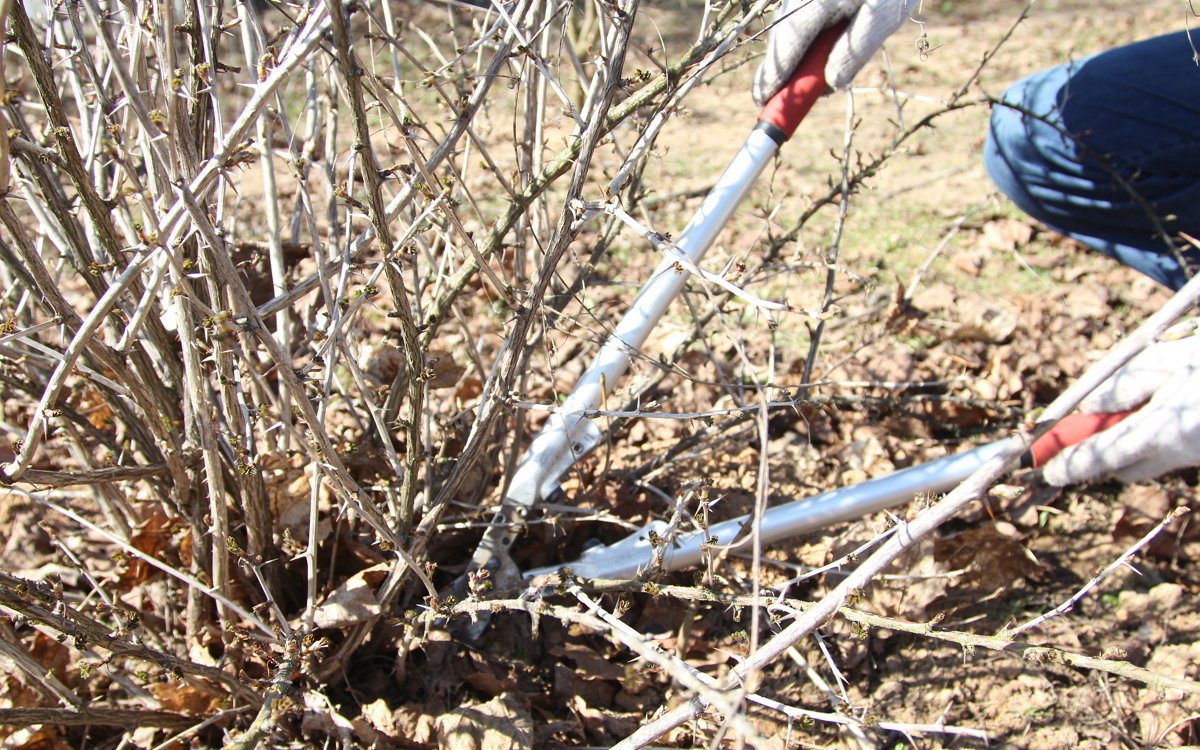
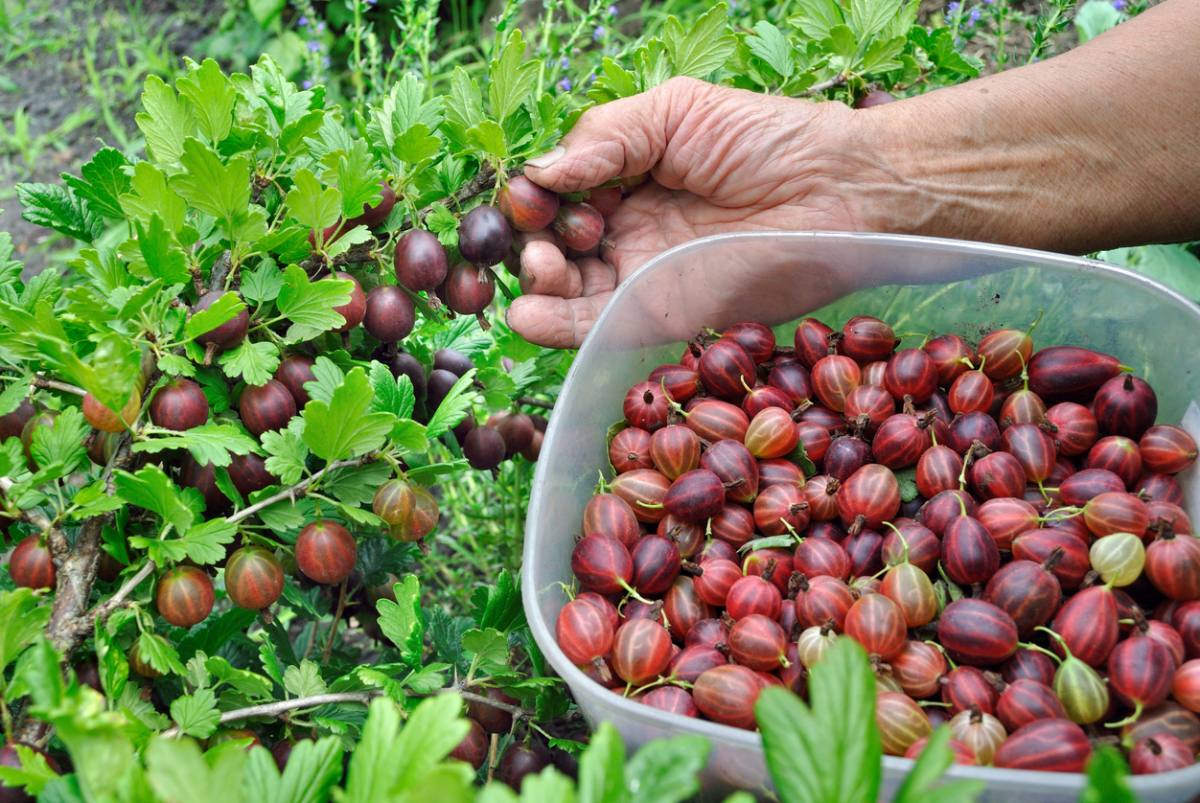
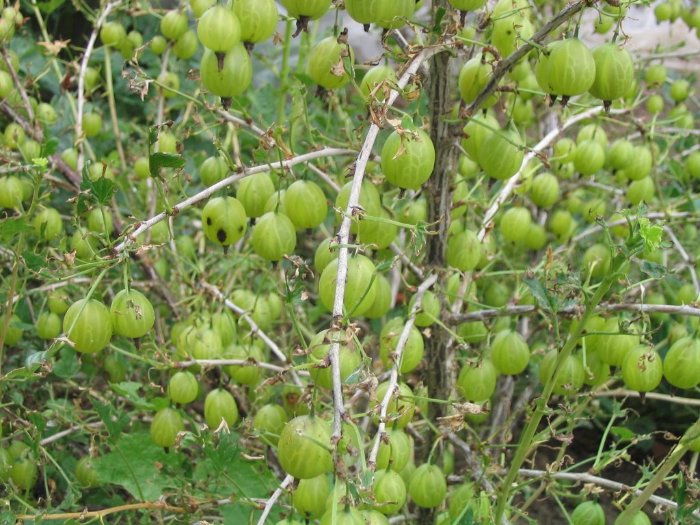 What if gooseberries have eaten all the leaves? Simple tools come to the rescue
What if gooseberries have eaten all the leaves? Simple tools come to the rescue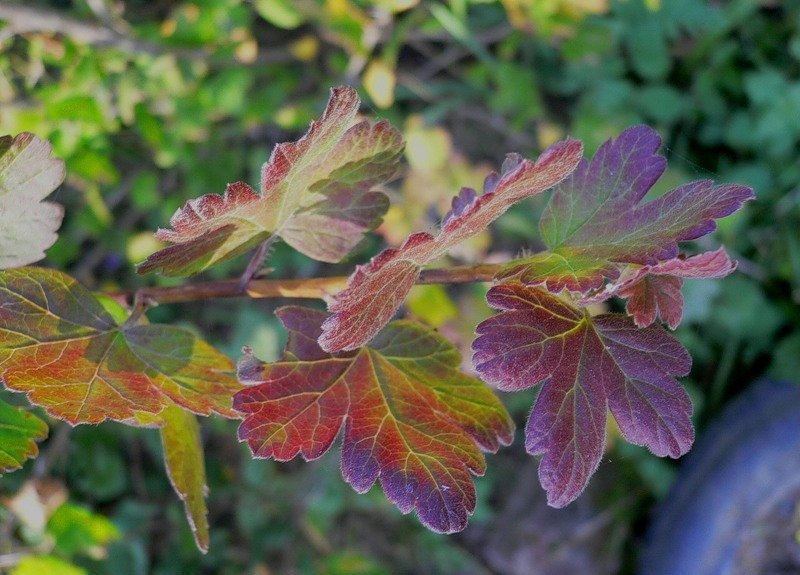 What does the red border on gooseberry leaves mean and what needs to be done
What does the red border on gooseberry leaves mean and what needs to be done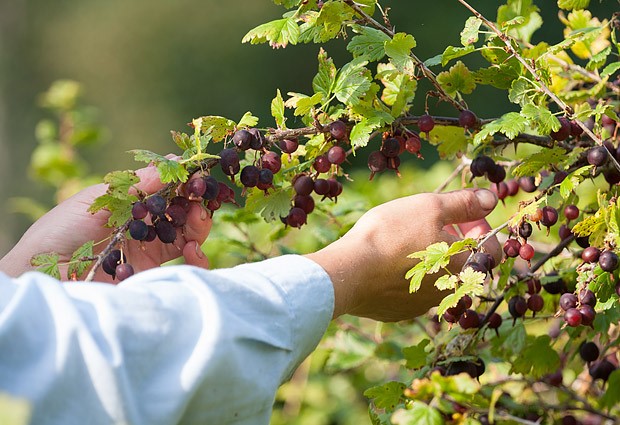 That's the end of summer, it's time to feed gooseberries after harvest
That's the end of summer, it's time to feed gooseberries after harvest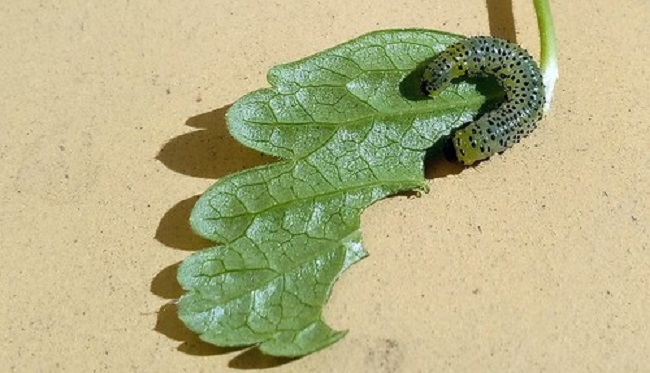 To save gooseberries from the invasion of caterpillars will help vinegar, mustard and ammonia
To save gooseberries from the invasion of caterpillars will help vinegar, mustard and ammonia
Korotchenko. Tatyana. Nikolaevna
I transplanted gooseberries but the leaves dried up. What did I do wrong?